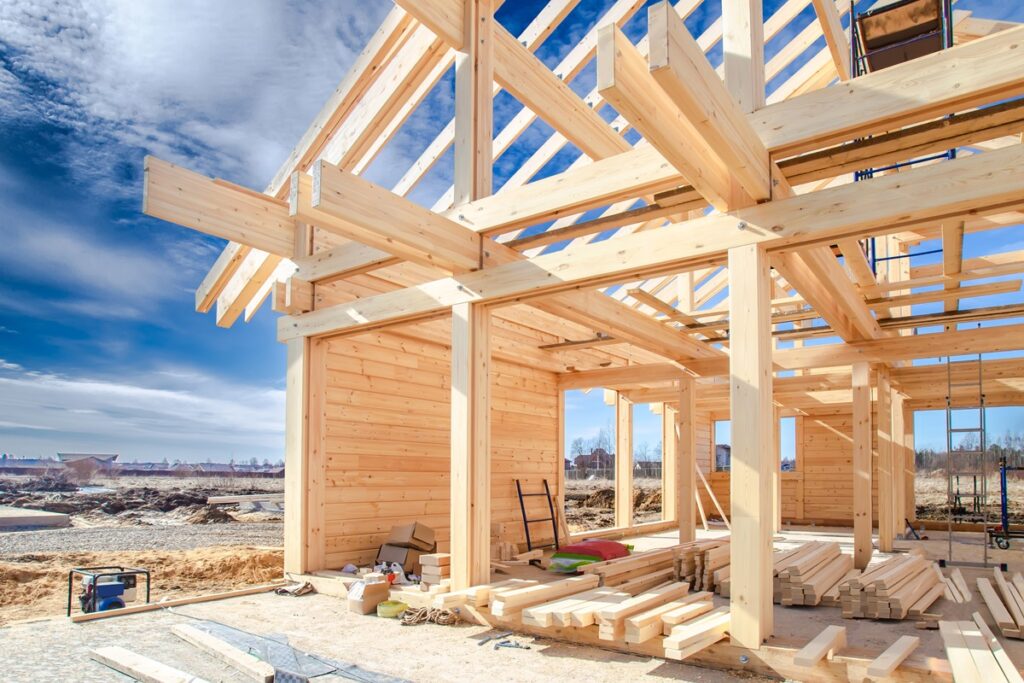The National Association of Home Builders (NAHB) reports that builder confidence in the market for newly built single-family homes has waned in June, down to 43 in June 2024 from a reading of 45 in May, according to the latest NAHB/Wells Fargo Housing Market Index (HMI). This marks the lowest reading reported for 2024 since December 2023.
“Persistently high mortgage rates are keeping many prospective buyers on the sidelines,” said NAHB Chairman Carl Harris, a custom home builder from Wichita, Kan. “Home builders are also dealing with higher rates for construction and development loans, chronic labor shortages and a dearth of buildable lots.”
The June HMI survey from NAHB also revealed that 29% of builders slashed home prices to boost sales in June, the highest share since January 2024 (31%), and well above the May rate of 25%. However, the average price reduction in June held steady at 6% for the 12th straight month. The use of sales incentives ticked up to 61% in June from a reading of 59% in May, reaching its highest share since January 2024 (62%).
Derived from a monthly survey that NAHB has been conducting for more than 35 years, the NAHB/Wells Fargo HMI gauges builder perceptions of current single-family home sales and sales expectations for the next six months as “Good,” “Fair,” or “Poor.” The survey also asks builders to rate traffic of prospective buyers as “High to Very High,” “Average” or “Low to Very Low.” Scores for each component are then used to calculate a seasonally adjusted index where any number over 50 indicates that more builders view conditions as good than poor.
Regionally, looking at the three-month moving averages for regional HMI scores, the Northeast held steady at 62, the Midwest dropped three points to 47, the South decreased three points to 46 and the West posted a two-point decline to 41.
Forces pushing and pulling
Mortgage rates that continue to hover in the 7% range, most recently clocking in at 6.95% as of June 13, 2024 according to Freddie Mac, with elevated construction financing costs continue to put a damper on builder sentiment.
“We are in an unusual situation because a lack of progress on reducing shelter inflation, which is currently running at a 5.4% year-over-year rate, is making it difficult for the Federal Reserve to achieve its target inflation rate of 2%,” said NAHB Chief Economist Robert Dietz. “The best way to bring down shelter inflation and push the overall inflation rate down to the 2% range is to increase the nation’s housing supply. A more favorable interest rate environment for construction and development loans would help to achieve this aim.”
In mid-June, the Federal Reserve’s Federal Open Market Committee (FOMC) opted for the seventh consecutive meeting, to leave the nominal interest rate unchanged, keeping it at a 23-year high of 5.50%. At the beginning of the year, the FOMC predicted three interest rate cuts, but with four meetings left before the end of the year—and two meetings before the November election—the chances of that happening are bleak, with the FOMC now only predicting only one cut before the end of the year.
“The fact that the Fed scaled back the number of rate cuts from three to one is going to disappoint those who were hoping for a summer rate drop. Mortgage rates, which have remained higher for longer, will likely remain in the high sixes until later this year,” said Bright MLS Chief Economist Dr. Lisa Sturtevant. “Some homebuyers who have been sidelined by affordability challenges are going to wait until rates come down to buy. Increasingly, home sellers may have to do more negotiating to attract offers.”
Despite the construction boom that was sparked shortly after pandemic restrictions were lifted, the U.S. housing shortage continues to grow to an approximate 4.5-million-unit deficit, up from 4.3 million units in 2023, according to a new report from Zillow.
The Bureau of Labor Statistics (BLS) has reported that total nonfarm payroll employment increased by 272,000 in May 2024, and the unemployment rate changed little at 4%, as employment continued to trend upward in several industries, led by healthcare; government; leisure and hospitality; and professional, scientific, and technical services. The critical need for skilled construction workers to boost housing production, as the BLS found that employment showed little or no change over the month in other major industries, including construction and manufacturing.
The U.S. Census Bureau reported its April 2024 construction statistics, which found that construction spending during April 2024 was estimated at a seasonally adjusted annual rate of $2,099.0 billion, 0.1% below the revised March 2024 estimate of $2,101.5 billion. The April figure is 10% above the April 2023 estimate of $1,907.8 billion. During the first four months of 2024, construction spending amounted to $635.5 billion, roughly 10.9% above the $573 billion for the same period in 2023.







